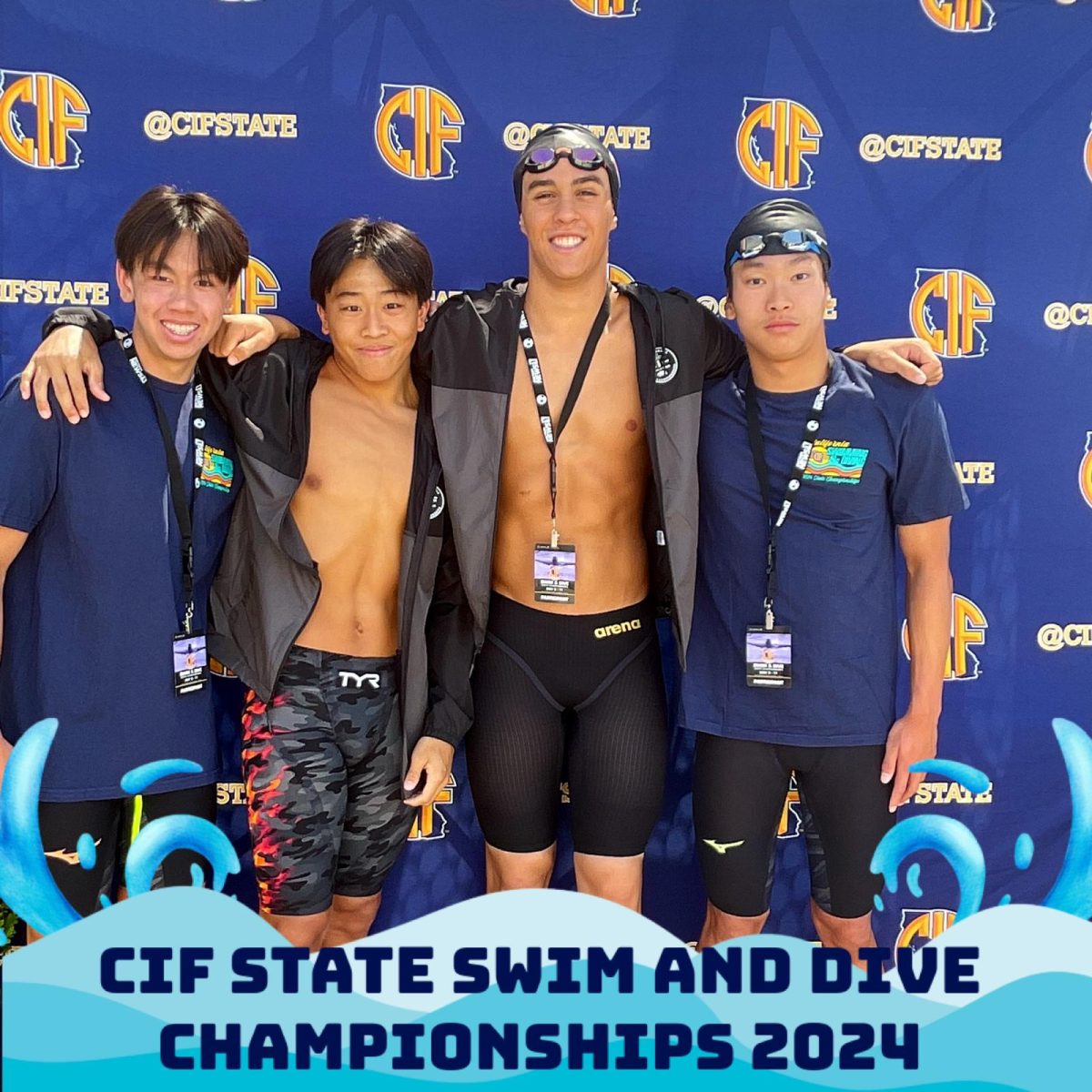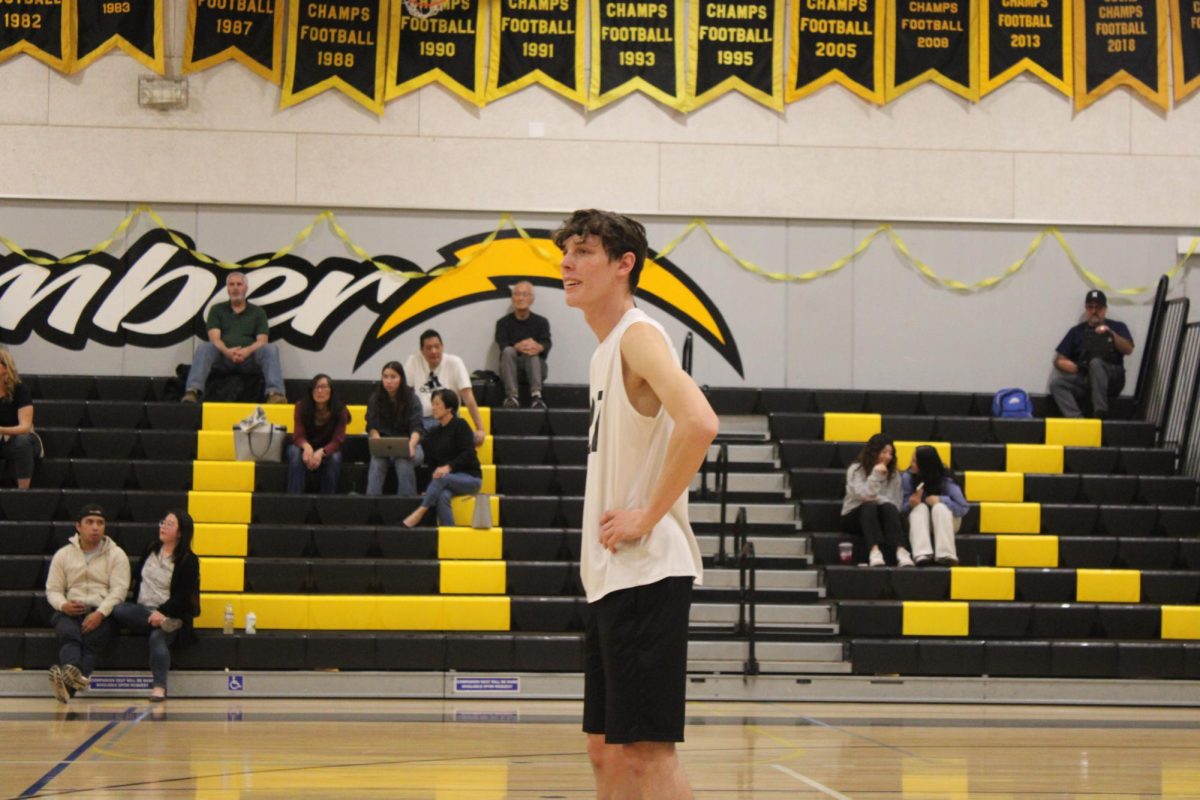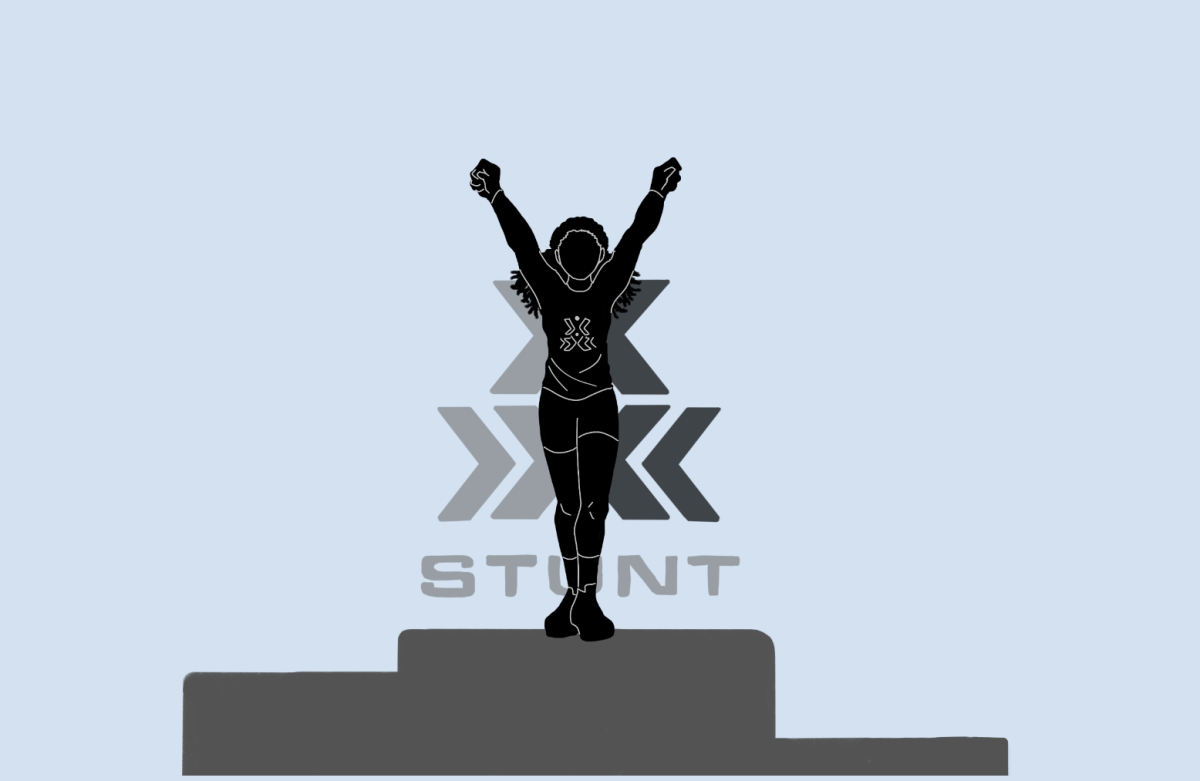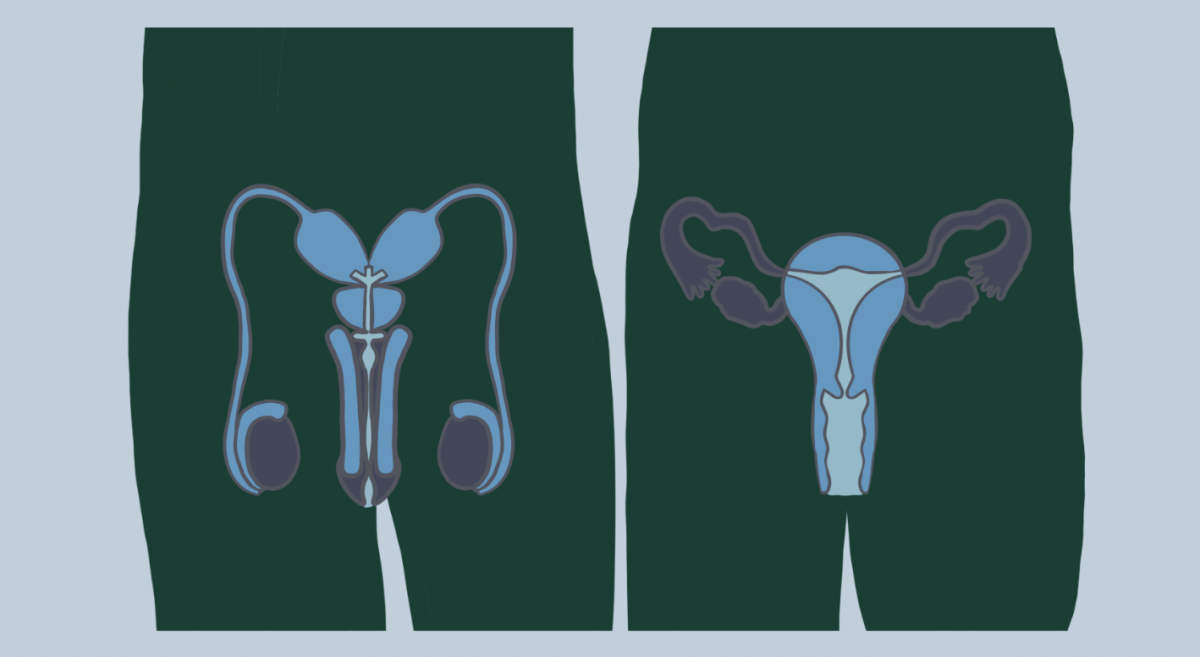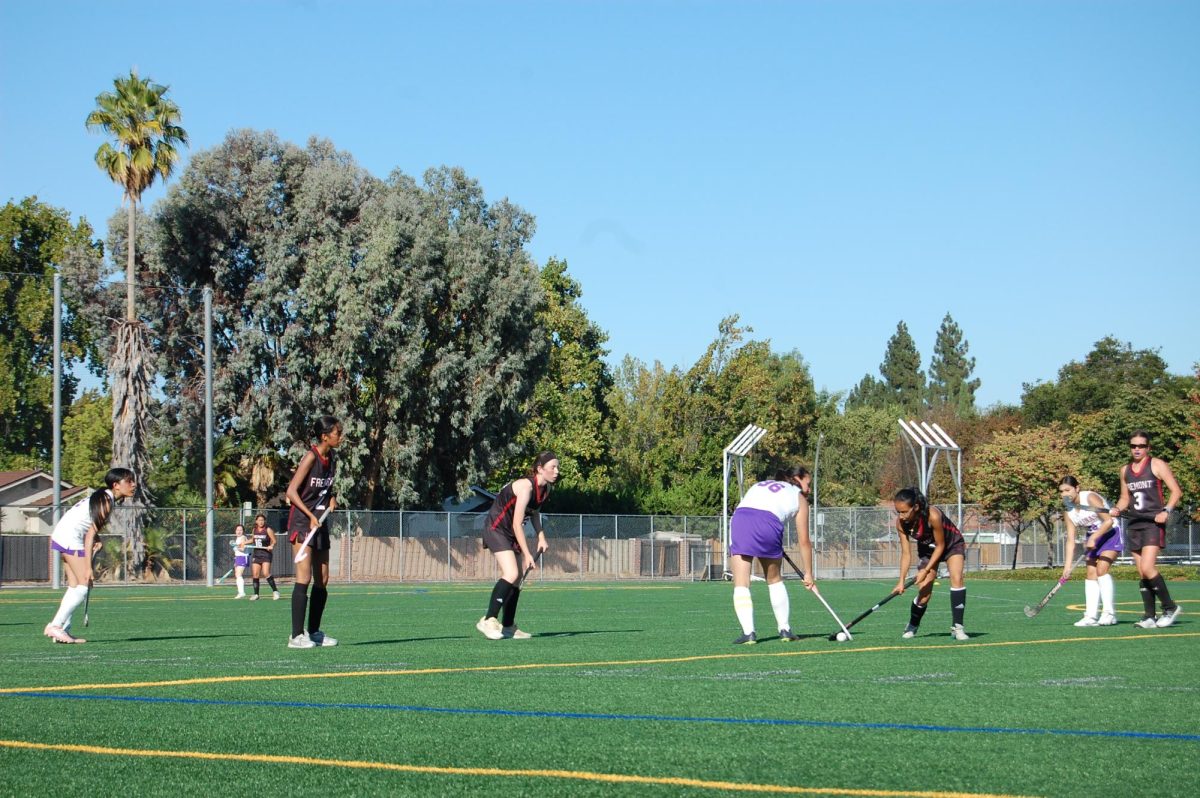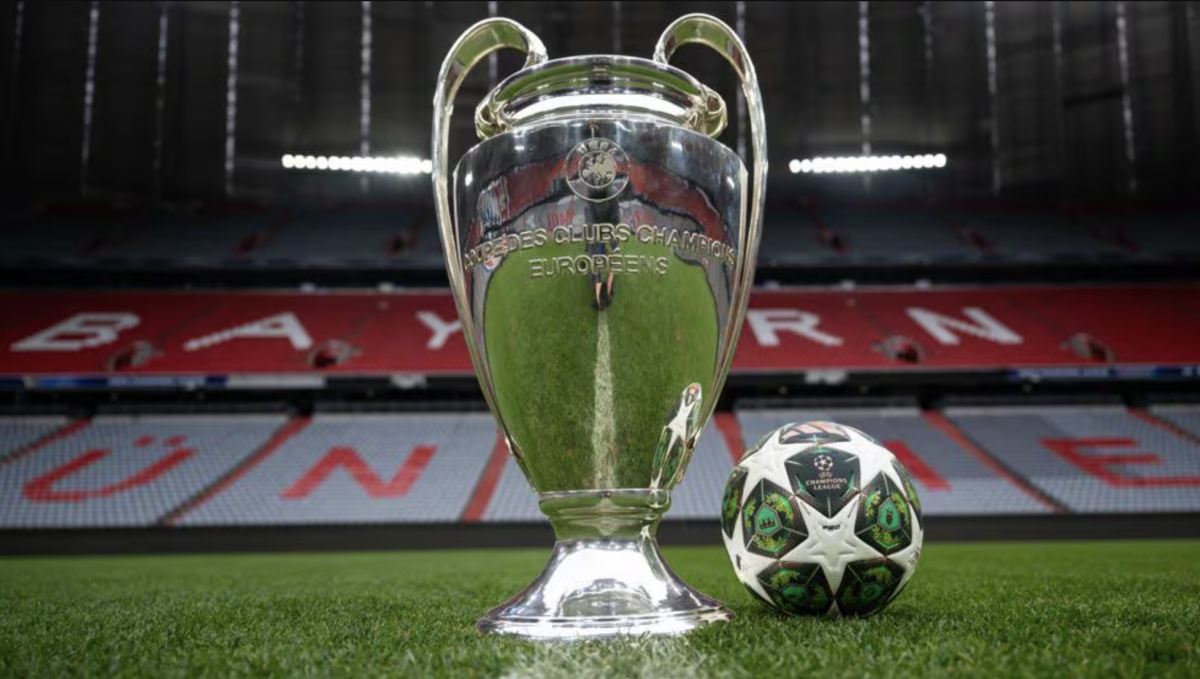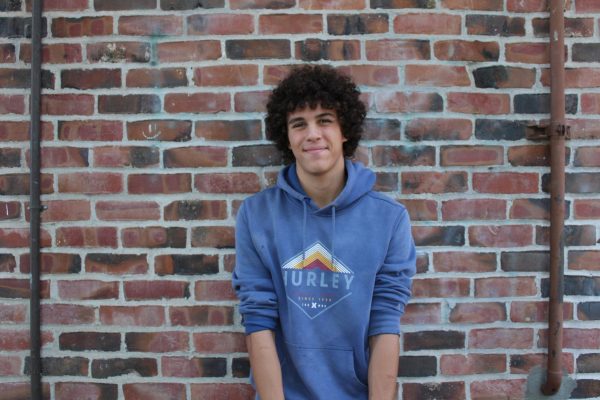In recent years, swimming at a high school and college level has become increasingly more competitive. School, pool and meet records are being broken regularly. This is especially true in western California, where the Central Coastal Section and Southern Coastal Section are seeing impressive results for all events.
The 2021 high school swim season saw an increase in swimmers from prior years, as the lockdown was coming to an end. It was not a notable year for the sport, especially for FHS. FHS Swim and Dive did not have any CCS championship qualifiers that year and its relays were unsuccessful. However, the 2022 swim season saw drastic improvements. FHS Swim also broke 2 school records: the boy’s 200 medley and 200 freestyle relays. This got the team into CCS finals, where the top 16 swims for an event qualify, as 10th seed. In the following year, the team managed to break the same 2 records once again, having gone even faster. The girls team also qualified for both the 200 freestyle and medley relay at CCS. Despite improvements from the prior year, neither team managed to qualify for CCS finals.
This is a demonstration of how swimming in the Bay Area has gotten more competitive. Despite having improved from the prior year, FHS swimming performed worse at a large competition with many other schools. That same year, multiple CCS meet records were broken, as well as the following year.
Throughout the 2024 swim season, the team drastically improved. The girls team got much faster, having made the CCS cut for the 200 medley relay. Additionally the boys 200 medley relay qualified for CIF for the first time, a statewide competition amongst the best swimmers in the state. This was also the first time that FHS swimming had accomplished this. However, this was an exception to the trend, as both relays had to drastically improve to accomplish what they did.
While this sort of “power creep” in sports is not exclusive to swimming, it is the sport where it is the easiest to observe. For example, the time standards to qualify for meets have been getting faster. From 2023 to 2024, the time standards for the Speedo Sectionals were, on average, approximately 0.5% faster. While that does not seem like a lot, it can make a big difference in the shorter events where speed is already almost maximized for many swimmers. Over time, this adds up as well, making time standards very difficult to meet for many swimmers.
This situation has both positive and negative consequences. It encourages swimmers to be more competitive in nature. This creates stronger athletes and leads to more impressive feats. However, it creates unrealistic expectations for many athletes that can lead to unhealthy self-perception. Cuts for meets are often based on the slowest time from the top 40 the last time the meet was held. Therefore, if one does not qualify for a meet, that means that they are slower in comparison to those around them.
This can be a mentally derailing experience for all athletes, not just swimmers. It is important to not compare oneself to others in a detrimental way, especially when all possible effort is being committed. There is a lot of pressure and competition in high-level sports that is transferring to high school sports as well. Despite competition drastically increasing, reaching those levels is still attainable for many. Maintaining a good training ethic and mindset is essential in such a competitive scene.


